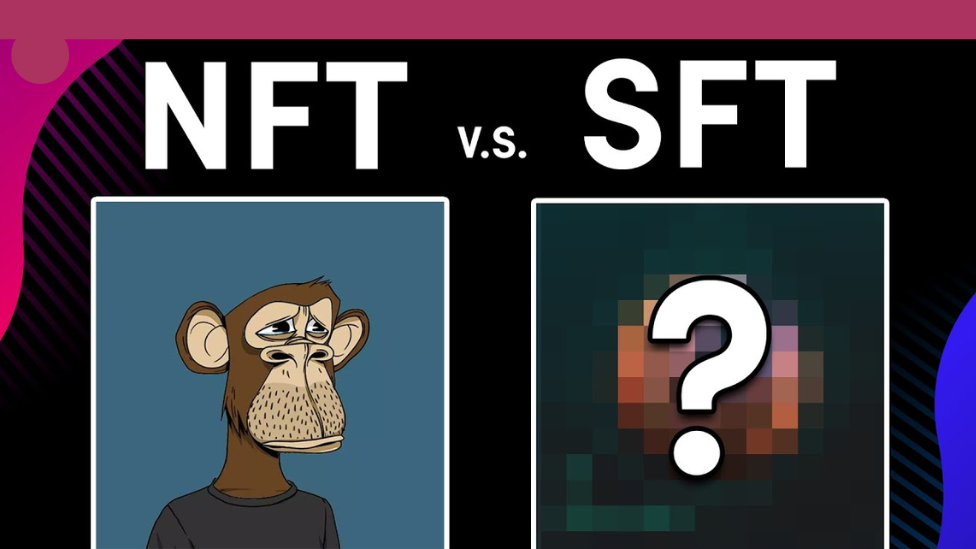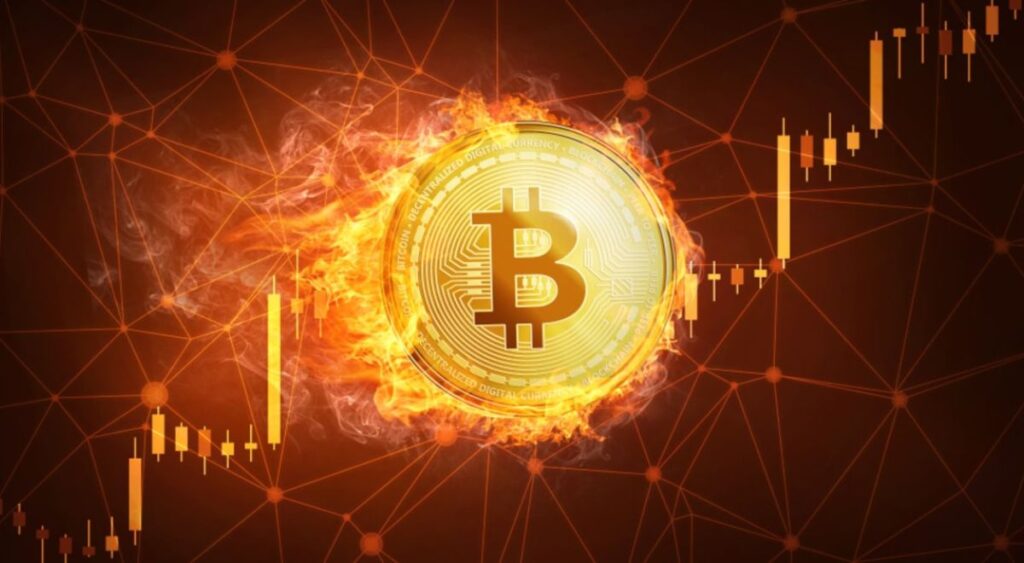In the ever-changing world of digital assets, two terms have gained significant buzz: SFT and NFT. But what exactly do they mean, and what sets them apart? In this comprehensive analysis, we will demystify the difference between SFTs and NFTs, providing you with a clear understanding of these popular terms.
Understanding SFT and NFT
SFT, or Semi-Fungible Tokens, has been making waves in the blockchain space. Unlike traditional NFTs, SFTs introduce new flexibility and interchangeability, offering unique features for digital asset owners. SFTs are tokens with some fungibility characteristics, meaning they can be divided and exchanged for other tokens of the same type. This means that SFTs can represent a range of values within a particular category, allowing for fractional ownership and increased liquidity.
NFTs, on the other hand, are Non-Fungible Tokens. These tokens represent something unique and indivisible. Unlike cryptocurrencies such as Ethereum, which are fungible, NFTs cannot be exchanged on a one-to-one basis. Each NFT has a distinct value and cannot be divided or exchanged for another identical token. This uniqueness is what gives NFTs their value and makes them ideal for representing one-of-a-kind digital assets.
Key differences between SFT and NFT
While both SFTs and NFTs have their place in the world of digital assets, key differences set them apart. One of the main distinctions is the level of interchangeability. SFTs, as the name suggests, have a degree of fungibility. This means that SFTs within the same category can be exchanged for one another, providing a level of flexibility for users. For example, suppose you own an SFT representing a collection of digital trading cards. In that case, you can exchange one card for another within the same collection. On the other hand, NFTs are completely unique and indivisible.
SFT vs NFT: Comparing value and ownership
When it comes to value, SFTs, and NFTs, have different dynamics. An SFT’s value is determined by its underlying assets and its divisibility. For example, an SFT representing a collection of digital artwork can have varying values depending on the rarity and quality of the individual pieces. This allows for a range of investment options and potential returns. Additionally, the divisibility of SFTs allows for increased liquidity, as smaller fractions can be bought and sold more easily.
NFTs, on the other hand, derive their value from factors such as scarcity, provenance, and the reputation of the creator. The unique nature of NFTs makes them highly sought after by collectors and enthusiasts. The value of an NFT can skyrocket based on the demand and perceived worth of the digital asset it represents. This has led to some high-profile sales, such as the famous Beeple artwork that sold for millions of dollars. Owning an NFT gives the owner exclusive rights to the digital asset, making it a prestigious and valuable possession.
Conclusion:
As the world of digital assets continues to change, both SFTs and NFTs have their place in the ecosystem.
















